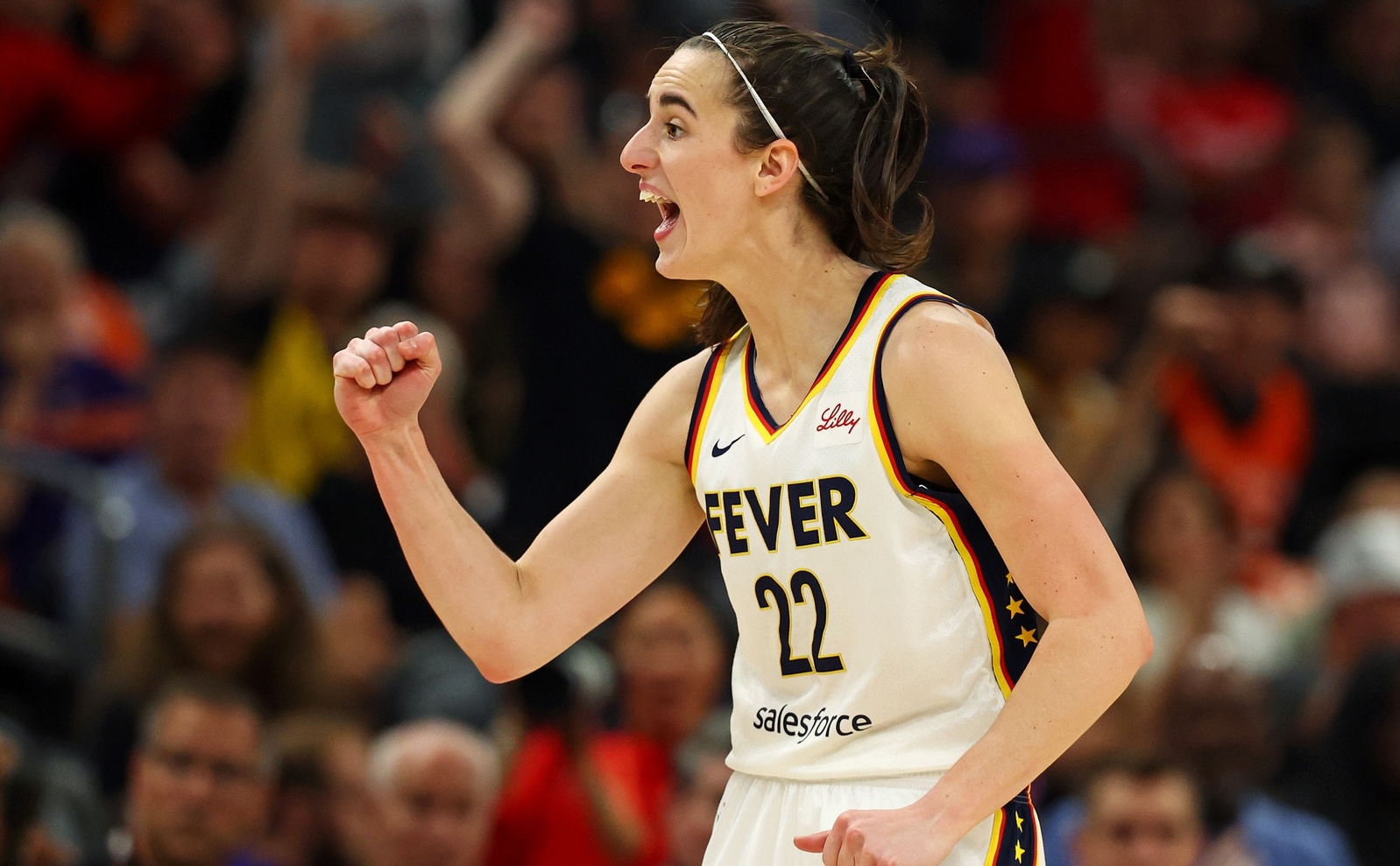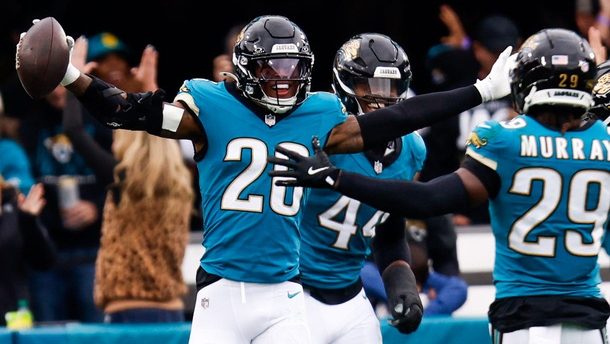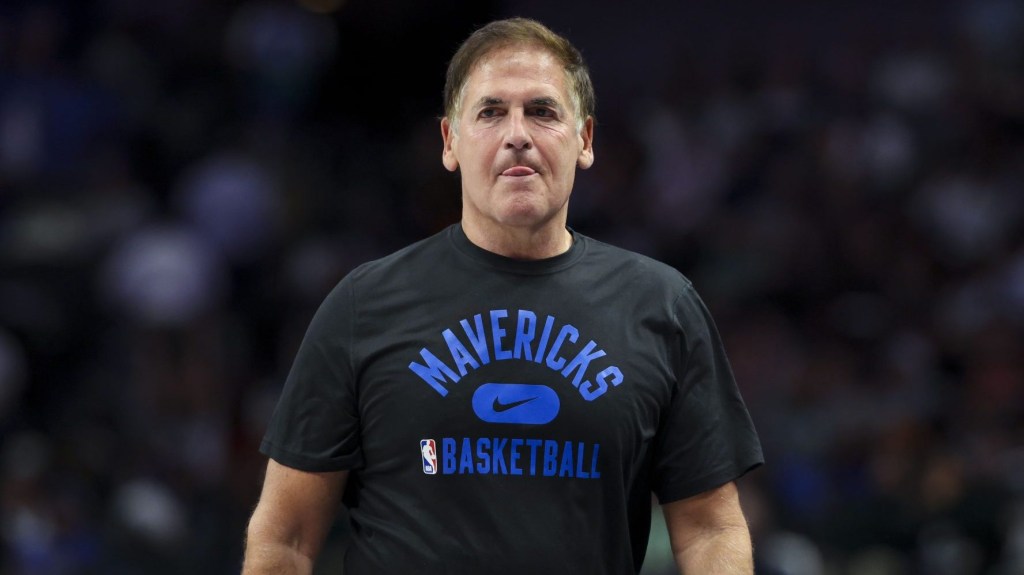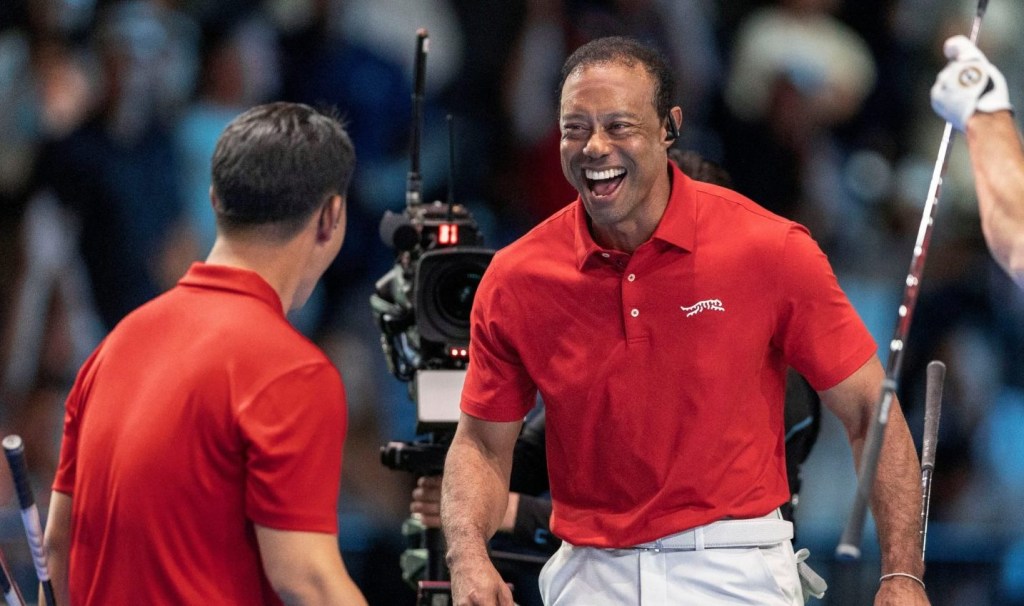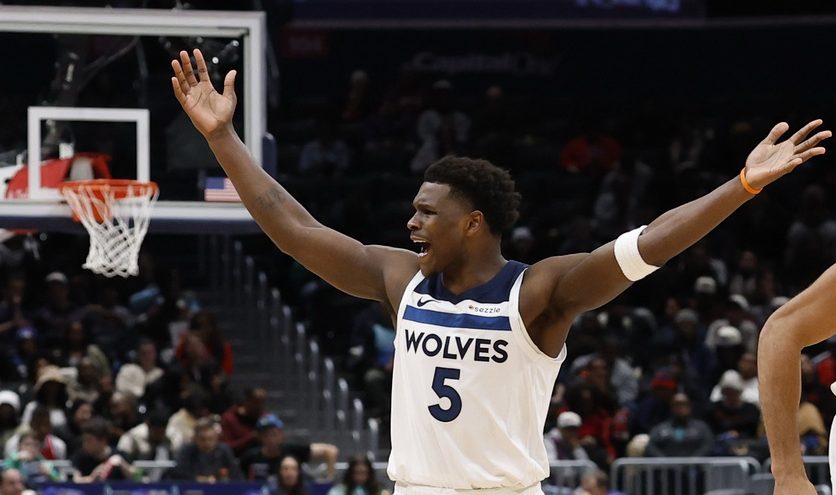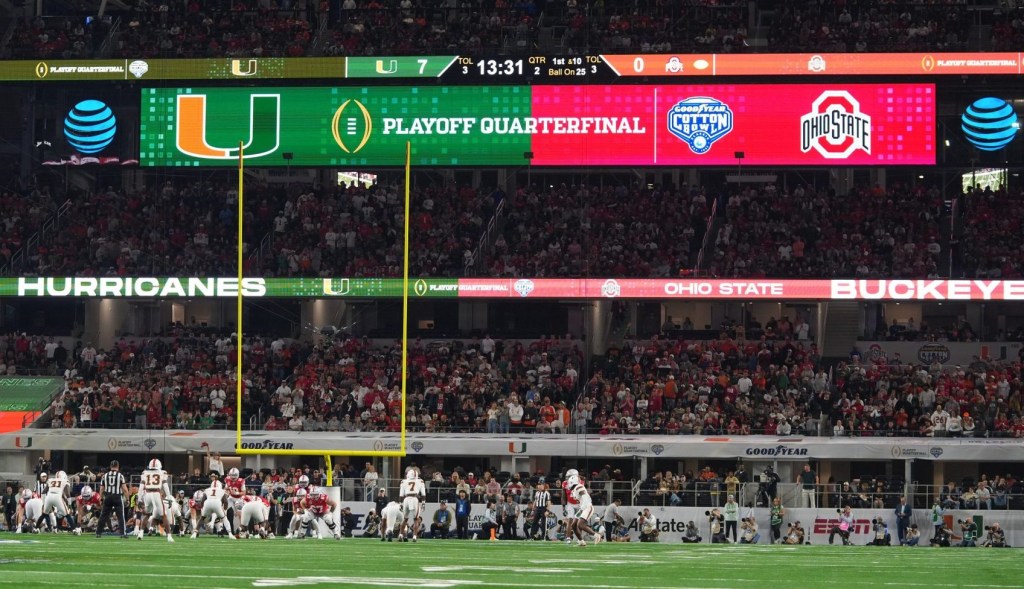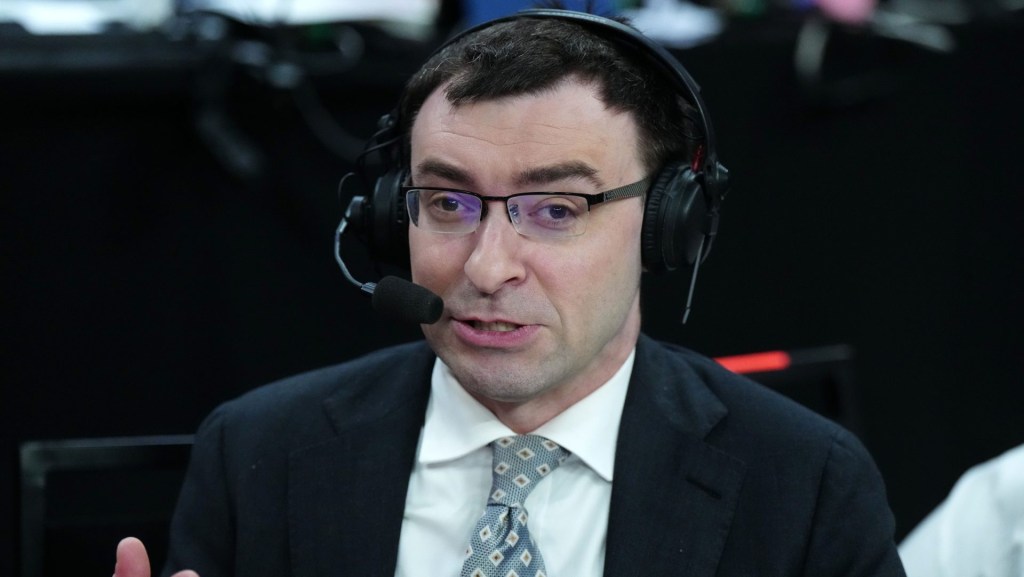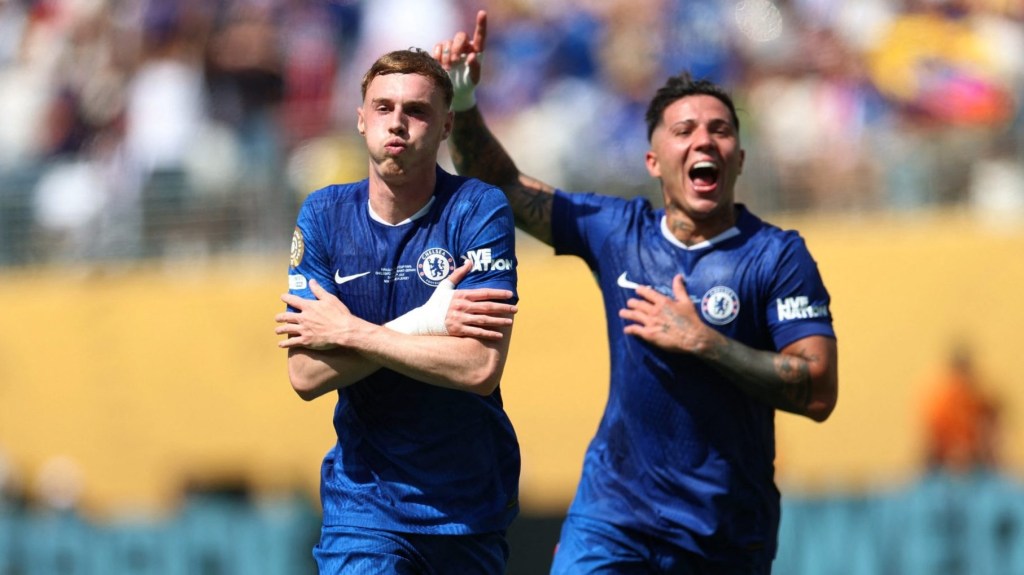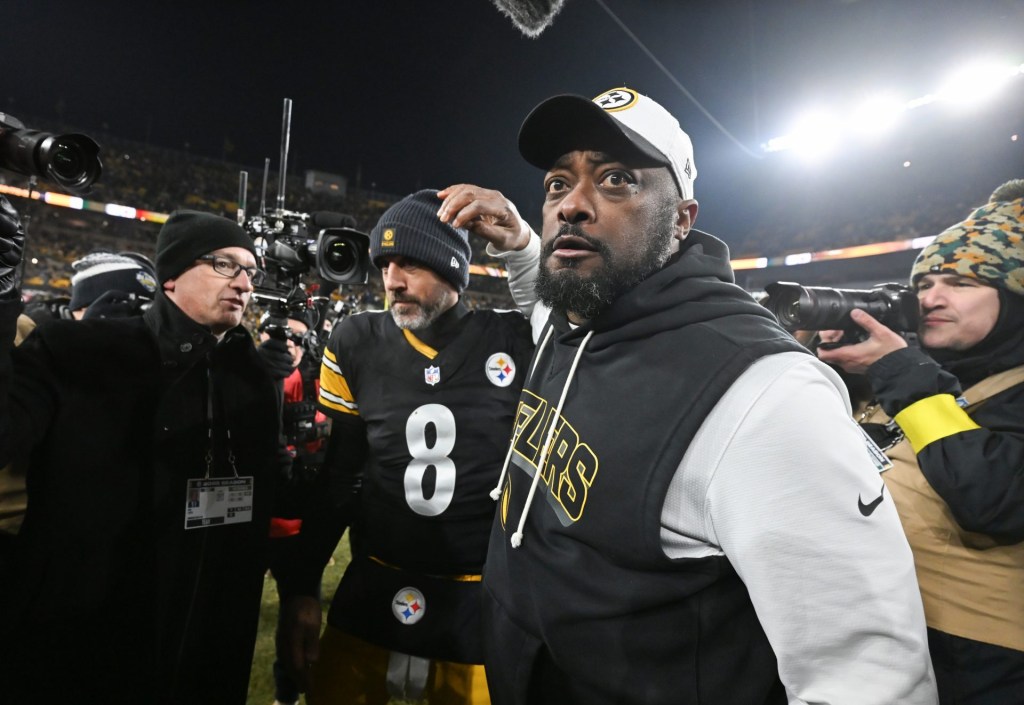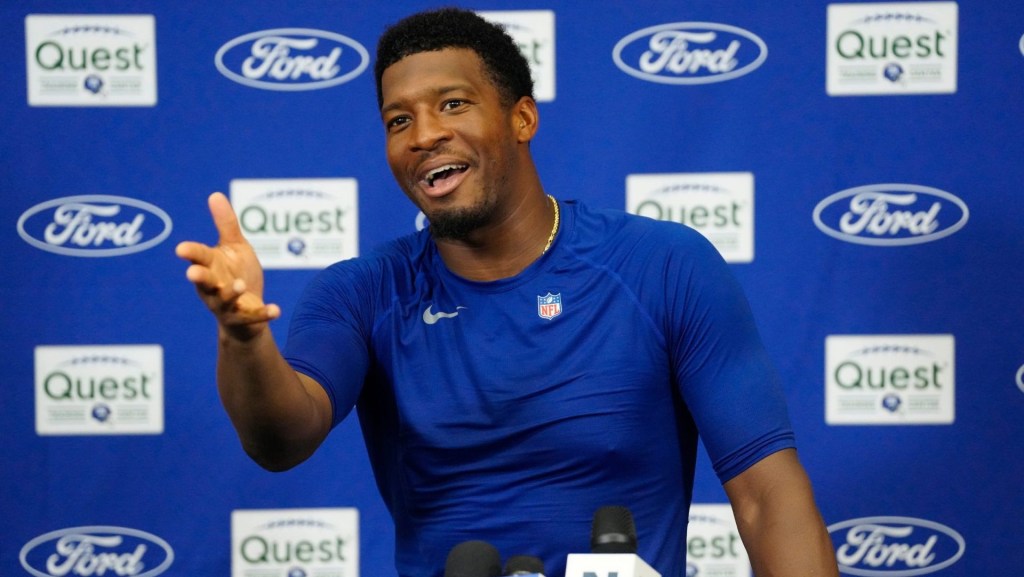The WNBA’s boom in popularity couldn’t have come at a better time for the league.
With its media deals expiring after the 2025 season, the WNBA was negotiating with potential partners at a historic peak of popularity. And it paid off, as the league agreed to $2.2 billion in new rights deals, The Athletic wrote Tuesday night.
The reported agreements with ESPN, Amazon, and NBC more than triples the league’s existing media-rights money, with the potential for more to come. Currently, the league pulls down $60 million from its rights partners annually. The new deals total $200 million per year, and give the league significant room to earn more than that.
The NBA, which also led the WNBA’s negotiations, recently struck deals worth $76 billion with the same three conglomerates, though those deals are still pending some legal wrangling.
The Athletic reported the new deals “could have as much as six times multiple“ the existing ones for several reasons. First, they leave room for the league to negotiate separate deals worth more than $60 million annually. Second, the main partners agreed to revisit the value of the deals just three years in.
The agreements are vindication for commissioner Cathy Engelbert, who said in April that she wanted to double the current amount of media-rights money flowing into the league. Engelbert stuck to her strategy of going to the market with the NBA, instead of separately, because the two leagues offered partners the possibility of a year-round basketball package.
Terri Jackson, the WNBA’s union director, questioned how exactly the NBA decided to agree to the 11-year, $2.2 billion deal. “We have wondered for months how the NBA would value the WNBA in its media rights deal. With a reportedly $75 billion deal on the table, the league is in control of its own destiny. More precisely, the NBA controls the destiny of the WNBA,” Jackson said to The Athletic. “We look forward to learning how the NBA arrived at a $200 million valuation—if initial reports are accurate or even close. … There is no excuse to undervalue the WNBA again.”
The influx of money could make a historic difference for WNBA players, who have to fight to make and stay in one of the most competitive sports leagues in the world—just 144 jobs available—and then are paid middling salaries when they arrive.
The league has been adding teams in anticipation of the new media money, announcing expansion franchises in Toronto and San Francisco. But the tripling of new revenue should lead to significant increases in the salary cap, and therefore player salaries. Under the current collective bargaining agreement, salaries range from $64,000 to $252,000, with slight increases scheduled throughout the next three years of the agreement. With the new money, though, players will surely take the opportunity to opt out of the CBA, which they can do in November.
Caitlin Clark, widely credited for the league’s explosion in TV ratings and ticket sales, earns a paltry $76,535 under the CBA’s rookie-slot salary, though she makes millions more in endorsements.
